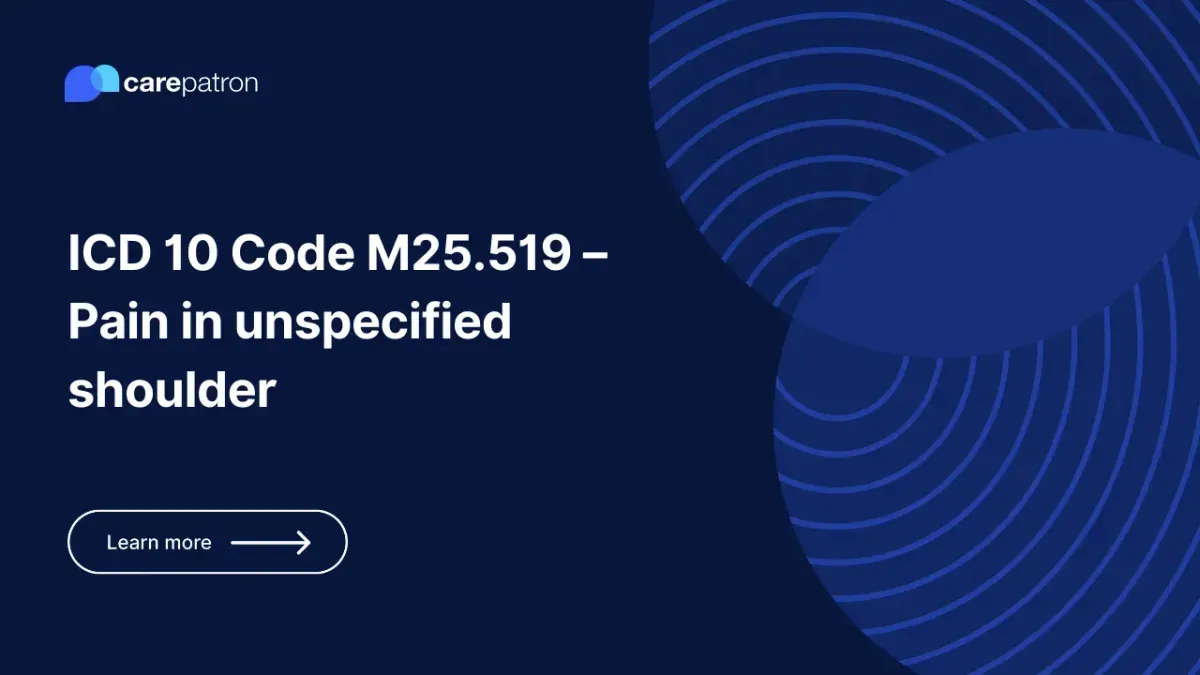
M25.519 – Pain in unspecified shoulder
Learn about ICD-10-CM code M25.519: pain in unspecified shoulder, billable details, synonyms, related codes, clinical info, and FAQs.
Use Code
EHR and practice management software
Get started for free
*No credit card required
Free
$0/usd
Unlimited clients
Telehealth
1GB of storage
Client portal text
Automated billing and online payments
